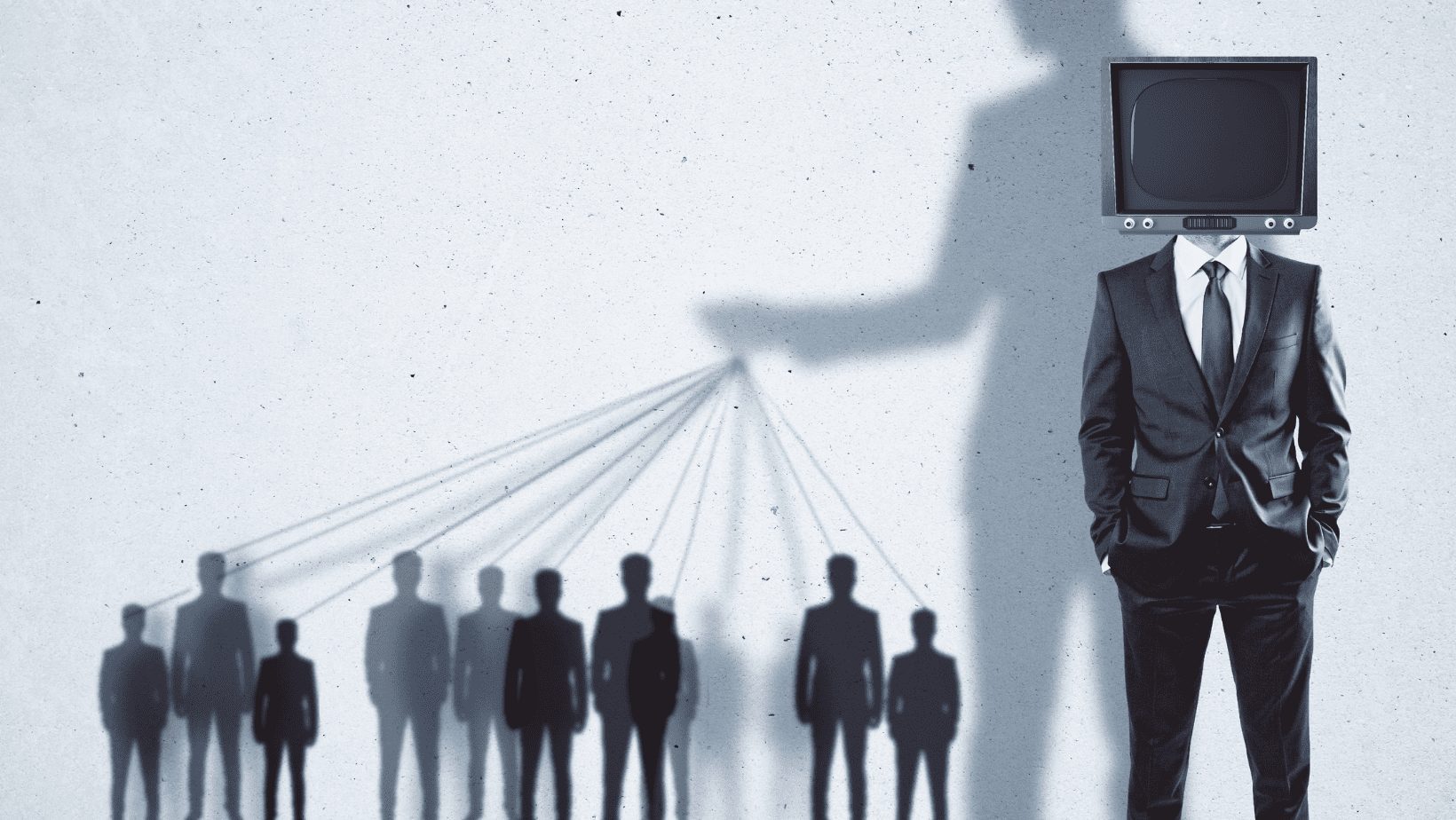The question is, how did we reach this point? Not the trial, but the senseless murder of hundreds of thousands of people, guilty of nothing other than their heritage. The answer, in large part, is propaganda.
Propaganda is quite literally the communication of information with the objective to persuade the audience to accept a particular concept or idea. It is not in and of itself a bad thing – it can occasionally be used effectively for educational purposes – however, it is commonly applied very effectively to achieve specific negative aims. Propaganda materials are often extremely biased, single-sided and good at stirring up emotions, with many even reliant on ‘truths’ that have no basis in fact.

Popularly believed to be the idea of Adolf Hitler, Eugenics* was originally based on research from California, U.S.A, which in turn was prompted by Charles Darwin’s “On the Origin of Species by Means of Natural Selection” from 1859. The theory was that species, and particularly the human race, could be enhanced and improved by the selective breeding of specific traits, potentially even creating superior and inferior groups, an idea that was adopted and abused by far-right groups.
While not the mastermind behind eugenics research, Hitler and Goebbels can be credited with the rapid rise in support and application of Nazi Eugenics, targeting Lebensunwertes Leben or those “life unworthy of life”. More than 400,000 were sterilized against their will and 300,000 people killed as a direct result of the Nazi Eugenics programme, and propaganda was used to shore up the party position.
This was the beginning of the process to establish an ‘Aryan National Community’, based on the belief that the German population could be biologically improved by selective breeding of Nordic or Aryan traits. This process included the elimination of undesirables, with Jews being a primary target. Hitler believed that Jews were an inferior race of people and that they were out to weaken other races. This belief resulted in antisemitic legislation, legalising the persecution and oppression of Jews in Nazi Germany, and eventually leading to their deportation and mass murder under the Nazi regime.

While there were many evil perpetrators of the Nazi Eugenics programme, there were also many contributors who would have been considered ‘normal’ prior to their radicalization. Everyday people from everyday families were encouraged to participate in some of the most heinous acts of history. That’s not to excuse their participation in their acts, but it does go some small way to explaining their actions. So how did they get there? The answer is of course, propaganda, and the systematic application of coercive control, including:
- Control of information: even before Hitler was elected as President, he established the Reich Ministry of Public Enlightenment and Propaganda while he was Chancellor. It was his belief that controlling information to the populace was as important as military might and economic success. Controlling the flow, type, and accuracy of information to a group or individual is a key tenet of coercive control; not only does it exploit human nature to trust in authority, but it enables the user to apply a very specific narrative for a very specific goal. Used extensively in Nazi Germany, the same techniques can be seen today in many applications of coercive control from abusive personal or family relationships, to religious and political extremism, and of course cult behaviours.
- Expulsion of opposition: as a strategy to remove opposition and those that might offer alternative points of view, one of Hitler’s first acts as President was to expel Jews from their jobs at all levels of government and beyond. Like attracts like and over time, repetition of the same information breeds compliance. Dissenters are a valuable tool to fight propaganda and coercive control but are easily silenced through the control of information.
- Saturation: it is hard to appreciate just how pervasive Nazi propaganda was, but it was everywhere. Rather than being a specific stream of information, propaganda for coercive control persists in saturating all information streams to maximise exposure. In Nazi Germany, this included integration into radio, the press, feature films and newsreels, theatre, music, art exhibits, books, the school curriculum, sports, and more. This saturation is a core tool of coercive control and while Nazi used it to reinforce societal obedience, individuals can saturate their victim’s information streams with lies to control in an abusive relationship for example.
- Contrast: as propaganda is often considered from the negative perspective, it is also assumed that the content and materials are negative too. Where Nazi Germany succeeded was in creating contrasting propaganda. Positive images of those in power were used to glorify leaders and create favourable expectations of those in power. Meanwhile these were contrasted with negative, ugly, antisemitic imagery to stir hatred in the masses. This contrast created a level of trust in the authority and acceptance of mass murder.
The pervasive, unending impact of propaganda with the Nazi regime is hard to adequately represent in an article, but its saturation within society is nevertheless responsible for many of the atrocities. Parallels at all scales can be found throughout modern society from individuals and groups on both sides of key issues such as vaccination, abortion, politics, and religion. Fighting the effect of propaganda is hard, particularly with the extensive uptick in fake news across social media and the internet but is an extensive aspect of the fight against coercive control.
Top tips for protecting yourself from propaganda:
- Question those ‘truths’: where is the information coming from; what is the source of the facts; has it been peer assessed; is the fact in any way convenient or too good to be true? Questioning what you are being told is an essential tool in protecting yourself, and practising intelligent disobedience can help protect the integrity of your beliefs.
- Practice critical thinking: use all your critical thinking skills to determine the validity of what you know or think to be true. Analyse, interpret, infer, evaluate, logic, and problem-solve your way to the truth and always keep an open mind that is ready to change.
- Seek out opposing views: while an opposing viewpoint may not change your mind, being open and able to actively listen to those with an opposing view is a great skill. It may do no more than validate your own arguments, but it may also change or refine them to be more valuable to you and to society.
*Also known as Rassenhygiene (racial hygiene), Eugenik, Erbpflege, or Volksaufartung (approximately “racial improvement”)

